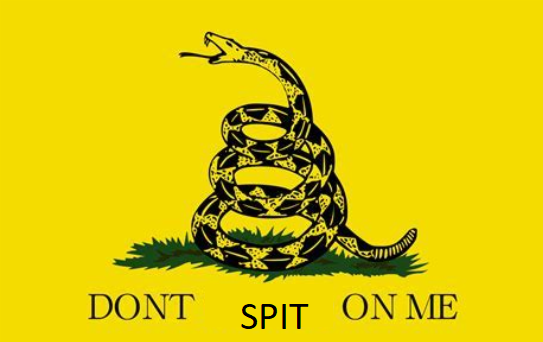(Irakurri behetik gora)
(https://twitter.com/wbmosler/status/1266864951026745345)
Warren B. Mosler #MMT@wbmosler
eta 19beste erabiltzaileei erantzuten
Same as any other unspent income
Warren B. Mosler #MMT@wbmosler
eta 19beste erabiltzaileei erantzuten
nothing moves across your tv screen. it’s just dots going on and off. same with money.
Warren B. Mosler #MMT@wbmosler
erabiltzaileari erantzuten
Repaying the debt = Fed debiting securities accounts/crediting reserve accounts=shifting $ from one Fed account to another as any bank does when savings accounts mature and $ shift from savings to checking. The debt already is ‘the money’-$ spent by gov not yet used to pay taxes
Warren B. Mosler #MMT@wbmosler
eta 18beste erabiltzaileei erantzuten
The example is about gov tax liabilities of, say 10, and gov only spending 9, for example.
Warren B. Mosler #MMT@wbmosler
eta
erabiltzaileei erantzuten
I like to begin the story a bit before that, where the UK gov. first imposes a tax liability, payable in £ that come only from the gov or its agents, which creates sellers of real goods and services needing the gov’s spending of £ to pay their taxes.
Warren B. Mosler #MMT@wbmosler
eta
erabiltzaileei erantzuten
The Fed credits your bank’s reserve account at the Fed (noted as for further credit to you), and that Fed liability is then an asset of your bank, and your bank at the same time credits your account on its books, which is then a liability of your bank.
Warren B. Mosler #MMT@wbmosler
erabiltzaileari erantzuten
Yes, Fed liabilities are considered outside money for the member bank holding those Fed liabilities as assets of the member bank.
Warren B. Mosler #MMT@wbmosler
eta
erabiltzaileei erantzuten
I assume this is in reference to member bank $US balances credited to reserve accounts at the Fed?
Warren B. Mosler #MMT@wbmosler
eta 18beste erabiltzaileei erantzuten
Productivity gains are very good things with the right policy response.
Warren B. Mosler #MMT@wbmosler
eta 18beste erabiltzaileei erantzuten
‘sitting on it’ leaves that much fiscal space for increased public services or tax cuts. (That choice is political.)
Warren B. Mosler #MMT@wbmosler
eta
erabiltzaileei erantzuten
With floating exchange rates there are no imbalances, only indifference levels.
Warren B. Mosler #MMT@wbmosler
erabiltzaileari erantzuten
Warren B. Mosler #MMT@wbmosler
eta 3beste erabiltzaileei erantzuten
And the US gov’s cost of funds currently near 0 makes you a profit center for them… 🙁
Warren B. Mosler #MMT@wbmosler
eta 4beste erabiltzaileei erantzuten
Every bank, including the Fed, is a case of what’s known as ‘inside money.‘ Each spread sheet necessarily is in balance.
eta 3beste erabiltzaileei erantzuten
Yes with fixed fx policy holders of ‘new’ $ (deficit) spent have the option to convert to gold, or another currency, etc. and Tsy secs compete via rates with that option. With floating fx, tsy secs compete only with fed funds and both are fed accts. http://moslereconomics.com/wp-content/uploads/2007/12/Exchange-Rate-Policy-and-Full-Employment.htm
(https://twitter.com/wbmosler/status/1266050768290922496)
Warren B. Mosler #MMT@wbmosler
erabiltzaileari erantzuten
Further to the point, let me suggest that a permanent 0 rate policy is what I call ‘the base case for analysis.’ And it also promotes price stability through forward pricing channels as well as interest income channels.





